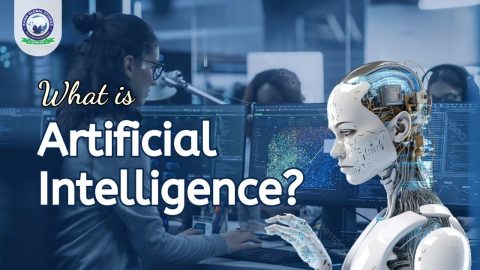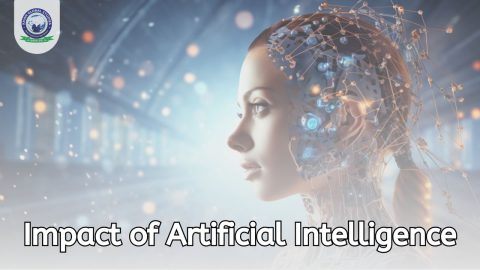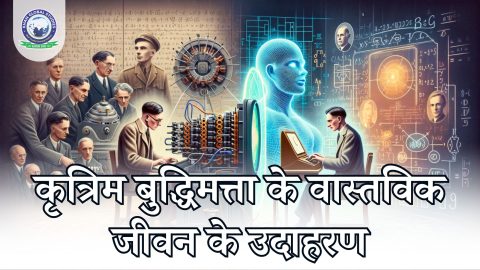You might think that artificial intelligence is difficult to understand, but it is not: it is simply the simulation of human intelligence by computers. This means that, within certain limits, AI can mimic human behaviour and intelligence to automate tasks, make decisions, and analyze large amounts of data. Far from being boring, AI has gone far beyond simple data processing and decision-making for companies; it is now something we all use daily. In this article, we learn about examples of artificial intelligence.
How does Artificial Intelligence Work?
Artificial intelligence tools require specialized programming and development. They do not rely on a specific programming language; rather, different variations are used for specific tasks. To work, AI systems are fed large amounts of data, which they process to learn and make informed decisions.
For example, a chatbot on a store’s website is provided with information about return policies, shipping details, and contact information. This enables it to handle customer inquiries and free up human customer service representatives. When programming AI tools, four key areas are emphasized:
- Learning: AI tools are powered by algorithms that instruct them on how to use the data they are given and accomplish tasks.
- Reasoning: Advanced AI tools can deploy the right function for specific situations through reasoning.
- Self-improvement: AI tools with the ability to remember past experiences and evolve can improve themselves, constantly improving their results.
- Creativity: AI can generate new text, sound, or images based on user input, demonstrating its creative applications.
Real-life Examples of Artificial Intelligence
Here are real-life examples of AI:
- Personal Assistants: Apple’s Siri, Amazon’s Alexa, and Google Assistant help users with tasks such as setting reminders, sending messages, and answering questions.
- Streaming Recommendations: Netflix and Spotify use AI to suggest movies, TV shows, and music based on user preferences.
- E-commerce Personalization: Amazon and eBay suggest products tailored to individual shopping habits.
- Self-driving Cars: Tesla and Waymo use AI for automated driving, allowing cars to navigate the road and make decisions.
- Facial Recognition: AI-powered security systems and social media platforms like Facebook can recognize and tag people in photos.
- Customer Service Chatbots: Many companies use AI chatbots to handle customer inquiries and support on their websites and messaging apps.
- Smart Home Devices: The Nest thermostat and Ring doorbell use AI to learn user preferences and enhance home security.
- Healthcare Diagnostics: AI tools like IBM Watson assist doctors by analyzing medical data to diagnose diseases and recommend treatments.
- Financial Fraud Detection: Banks and financial institutions use AI to detect suspicious transactions and prevent fraud.
- Language Translation: Google Translate and other translation services use AI to convert text and speech between different languages.
- Spam Filtering: Email providers like Gmail use AI to filter spam and phishing emails from users’ inboxes.
- Social Media Algorithms: Platforms like Instagram and Twitter use AI to curate content and ads based on user behaviour and preferences.
- Voice Recognition: AI technology in virtual assistants and transcription services like Dragon NaturallySpeaking can accurately convert speech to text.
- Predictive Maintenance: Industries use AI to predict equipment failures and schedule timely maintenance, reducing downtime.
- Drug Discovery: Pharmaceutical companies use AI to analyze data and predict the effectiveness of new drugs, speeding up the research process.
Additionally, AI is also used in Maps and Navigation; Google and Apple’s map apps not only provide directions but also give real-time updates on traffic, public transportation, and road closures, making travel more efficient.






